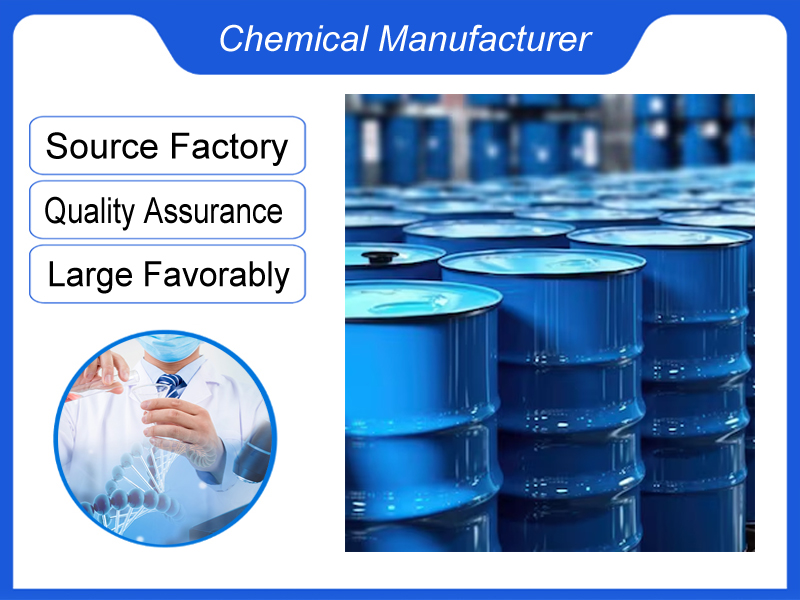Introduction
It is a thermoplastic polyester resin made by polycondensation of 1.4-butanediol (BDO) and pure terephthalic acid (PTA), and made by mixing and training procedures. It has a number of excellent characteristics, and is widely used in the electronics, electrical appliances, information, communication and automotive industries, and it is the most popular material in a wide range of engineering plastics.
Polybutylene Terephthalate (PBT) Neat Resin: Overview and Key Properties
| Category |
Details |
| Chemical Structure |
Semi-aromatic polyester, linear polymer of butanediol and terephthalic acid |
| Type |
Thermoplastic polyester (engineering plastic) |
| CAS Number |
24968-12-5 |
Physical & Mechanical Properties
| Property |
Value/Range |
| Density |
1.30-1.38 g/cm³ |
| Melting Point |
220-230°C (428-446°F) |
| Tensile Strength |
50-60 MPa |
| Flexural Modulus |
2.300-2.800 MPa |
| Elongation at Break |
50-300% |
| HDT @ 1.82MPa |
55-65°C |
Thermal & Electrical Properties
| Property |
Performance |
| Continuous Use Temp. |
-40°C to 120°C |
| UL Rating |
HB (flammability) |
| Dielectric Strength |
16-20 kV/mm |
| Volume Resistivity |
10¹⁵-10¹⁶ Ω·cm |
Processing Parameters
| Parameter |
Conditions |
| Injection Molding Temp. |
240-270°C |
| Mold Temp. |
60-80°C |
| Drying Conditions |
120°C for 3-4 hours |
Chemical Resistance
| Chemical |
Resistance |
| Oils/Greases |
Excellent |
| Alcohols |
Good |
| Weak Acids |
Fair |
| Strong Bases |
Poor |
| Hot Water |
Limited |
Applications by Industry
| Industry |
Typical Uses |
| Electrical/Electronic |
Connectors, switches, circuit breakers |
| Automotive |
Sensor housings, fuel system components |
| Consumer Goods |
Appliance parts, power tool housings |
| Industrial |
Pump components, gear wheels |
Advantages vs. Limitations
| Advantages |
Limitations |
| Excellent electrical properties |
Poor UV resistance |
| Good dimensional stability |
Susceptible to hydrolysis |
| Fast crystallization rate |
Limited impact strength at low temps |
Comparison with Similar Polymers
| Polymer |
PBT vs. Alternatives |
| PET |
Faster crystallization, lower HDT |
| PA6/PA66 |
Lower moisture absorption, less tough |
| POM |
Better chemical resistance, less creep |
Summary
PBT neat resin offers an optimal balance of mechanical properties, electrical characteristics, and processing ease for engineering applications. While its hydrolysis sensitivity requires consideration for outdoor use, its fast cycle times and reliability make it indispensable in electrical and automotive components. Recent developments focus on hydrolysis-resistant and sustainable variants.
Inquiry






